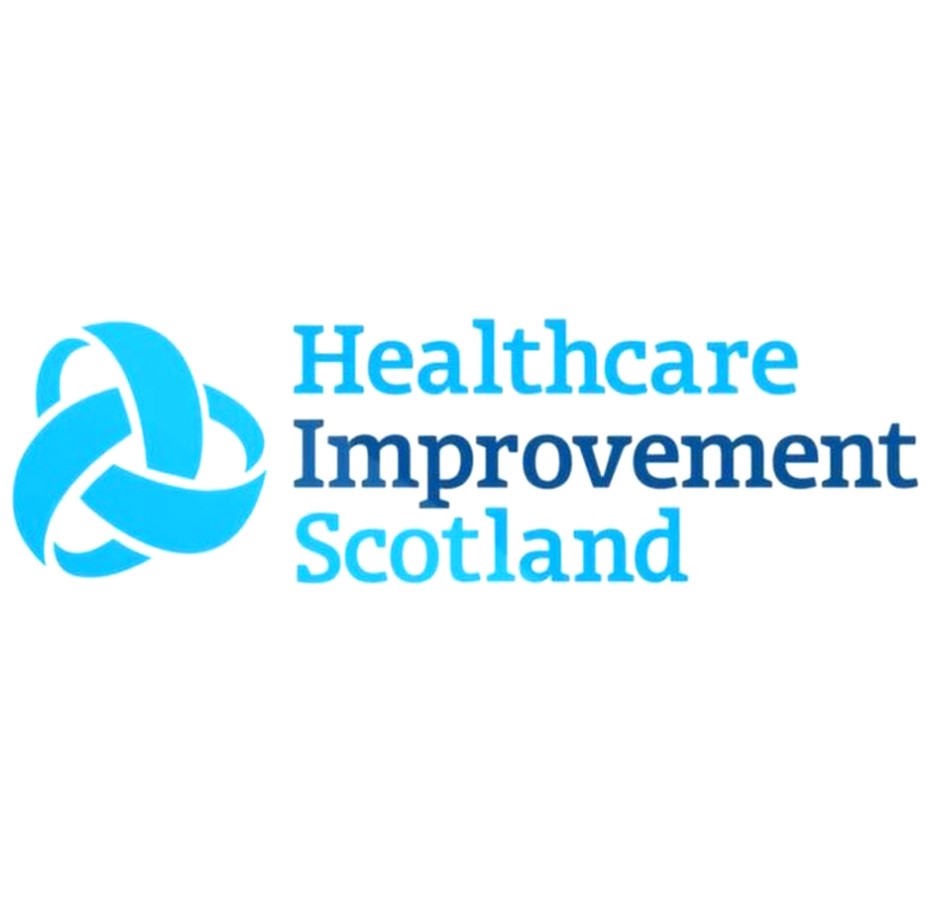- Consider any potentially reversible causes for the patient’s deterioration and agree realistic levels of intervention with the patient and family. These may include:
- dehydration
- infection
- opioid toxicity
- steroid withdrawal
- acute kidney injury
- delirium
- hypercalcaemia
- hypo or hyperglycaemia.
If potentially reversible causes are identified commence treatment and plan review, if appropriate for the individual patient and care setting.
If no reversible causes are identified and the patient is expected to die imminently:
- discuss with the patient and family that they are deteriorating and expected to die imminently, although it is often not possible to give a precise prognosis
- establish goals of care and preferred place of care with the patient or a welfare attorney, and the family
- take account of any advance/anticipatory care planning or documented patient wishes
- agree an individual care plan with the patient if possible or any welfare attorney, discuss with the family, and document in the patient record:
- this includes a decision about cardio pulmonary resuscitation
- explain to the patient and their family that all support, care and treatment that are of benefit will continue to be given and reviewed
- prompt and careful planning, if appropriate and in line with the individual’s wishes, is needed for a safe discharge home or to an appropriate place of care
- if patient or family needs are complex, consider contacting the specialist palliative care team for advice.
